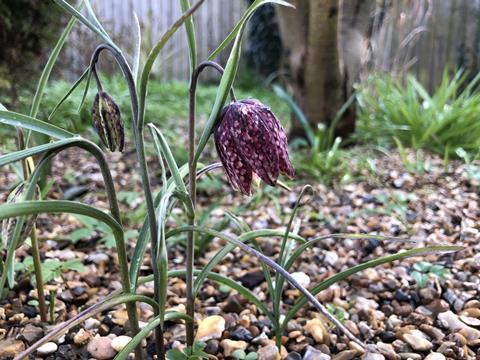Can we fix nitrogen for plants – and the problem of nitrogen pollution?
Spring is well and truly in the air in the UK. Along with almost everyone else in the country with a garden, we’ve become a lot more invested in ours over the past 12 months, minutely observing each tiny change. Writing in mid-March, I can report that our snowdrops have finished flowering, the daffodils are at their peak and the fritillaries are looking promising.

All of this vernal display depends, of course, on light and heat, both of which are currently on the increase in the northern hemisphere. Yet there’s another key ingredient to gardening success that is often forgotten or neglected, in spite of – or maybe because of – it lying beneath our feet.
The complex mixture of clay particles, sand, organic matter, water, air, microbes, fungus and invertebrate life that we refer to simply as soil is pretty important. Trying to grow a plant in soil to which it is not suited can be an exercise in futility, as my unfortunate acid-loving blueberry bushes will attest.
As gardening guru Monty Don expounds when explaining his basic philosophy, find out what you can grow in your soil, and take care of it. Sage advice – speaking of which, why did that pot of herbs that was doing so well fail spectacularly after it was repotted?
One essential nutrient that is all too easily depleted from soil is nitrogen. Ian Le Guillou’s feature on soil nitrogen looks at the many ways in which researchers are trying to help wean modern agriculture off wasteful artificial fertilisers, or at least ensure less of it ends up washed out of the soil. From there, it often finds it way into the sea, causing serious problems like algal blooms and even ‘dead zones’ of hypoxic water.
The range of approaches is truly impressive, from the expected things like plant breeding and better use of nitrogen-fixing catch crops such as clover, to the more unusual approach of studying bacteria in transparent soil. As with so many research endeavours, the answer to a complex problem involves perspectives and techniques from several different disciplines.
As we emerge from a difficult winter into a welcome spring, the task of keeping our gardens – and the planet – green and blooming is one we should all be working on together.

















No comments yet